MTF Crossdressers in Hentai Manga: What is Otokonoko or Male Girl?
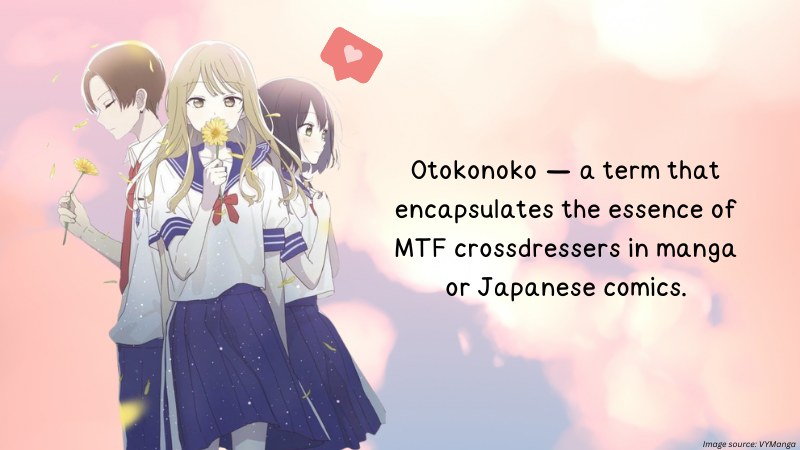
MTF crossdressers, often depicted in hentai manga, bring a unique blend of charm, beauty, and complexity to the storyline.
These characters blur the lines between genders. This alone captivates many readers.
But when we mix that with complex personalities and backgrounds, we are rewarded with intriguing narratives.
Otokonoko — a term that encapsulates the essence of MTF crossdressers in manga or Japanese comics.
Make no mistake though! This concept goes beyond just appearances.
It delves deep into exploring identity through forbidden ways of self-expression that go against traditional expectations.
It’s going to be a bumpy ride — with discussions about culture, sexuality, and more.
Come along with me as I dig into the world of MTF crossdressers in hentai manga and puzzle out the allure of the otokonoko.
Stay tuned for more insights and revelations coming your way!
What is an Otokonoko?
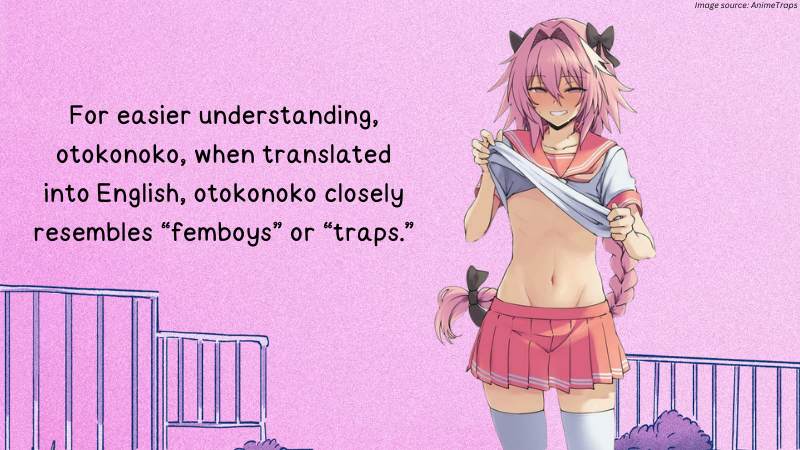
Alright, let’s break it down. When we talk about Otokonoko in connection with ero-comics (aka ecchi),
we’re sifting through a precise way of portraying MTF crossdressers.
Otokonoko, if I take the literal meaning of its Japanese characters, means “male child.”
But hold up — wait a minute! This literal translation is not what I’ll be referring to throughout this post.
When I say “otokonoko,” I’m specifying fictional characters under the anime and manga trope “male girl” or “male daughter.”
Yes, I know the English translation makes it sorta awkward, but bear with me here.
Other terms are “otoko no musume” or “josou” (women’s clothes) as an umbrella label.
For easier understanding, otokonoko, when translated into English, otokonoko closely resembles “femboys” or “traps.”
Otokonoko: History and Origin
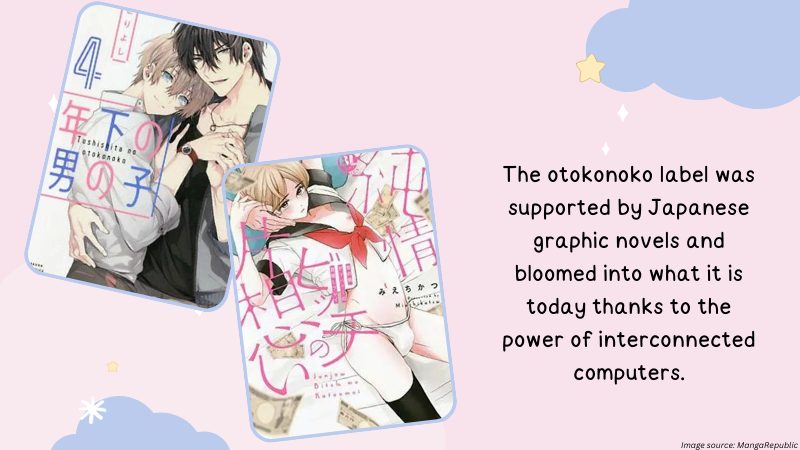
The otokonoko label was supported by Japanese graphic novels and bloomed into what it is today thanks to the power of interconnected computers.
Many sources say it started in the 2000s, the golden time of discovery thanks to tech’s rapid growth.
Sure, this is true. But otokonoko had been engrained in Japanese culture way before the Internet boom happened.
MTF crossdressers are common in Japanese traditions. Kabuki Theaters, for one, is also called an all-men theater.
It originally involved women, but as an effort to fight off prostitution linked to the art,
it was mandated that Kabuki should only have male performers.
The joke’s on them, I guess, since the prostitution didn’t stop.
Yes, even if they were all men on stage. Noh is another traditional Japanese theater.
The primary differences between the two are the aesthetics, symbols, and makeup versus masks.
When business-minded people realize the potential of this emerging subculture, they go all out.
Maid cafes, or cafes with hosts dressed up as particular characters, lead the obvious advertisement of otokonoko’s charm.
Otokonoko fashion and makeup items follow suit. In time, it became a fixed media in otaku or fan culture.
Otokonoko in Various Media
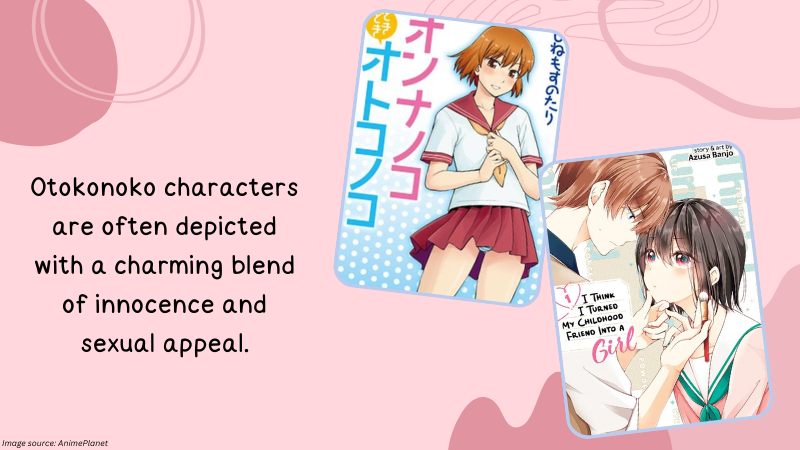
What’s popular in the real world will inadvertently bleed into literature.
The otokonoko bracket in the manga was well received. Later, hentai manga welcomed otokonoko under its wings.
Otokonoko characters are often depicted with a charming blend of innocence and sexual appeal.
They have this certain “pull,” that leads to thought-provoking conversations.
Take, for example, my friend Roa, who swore up and down he was as straight as a pole.
He started watching Baka to Test to Shoukanjuu to ogle over Hideyoshi Kinoshita.
Who — as he admitted — he first thought was a girl.
I’m not faulting him for that one, since Hideyoshi is one of the most popular otokonoko characters.
But it made him realize his sexuality — that he’s open to having intimate relationships with guys too.
Given though, that they appear feminine.
Japanese media did well in capturing the essence of an otokonoko.
From their wardrobe choices to mannerisms, every detail is carefully crafted to lure, bait, and keep the audience engaged.
It’s not hard to understand why this genre soared over the years.
Though they may initially “trick” the watchers, the watchers did stay even after discovering the character’s real gender anyway, right?
Otokonoko in Hentai Manga
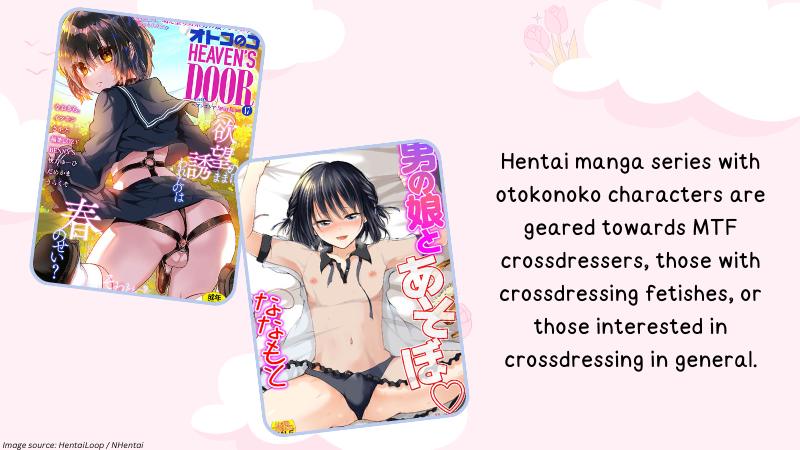
This “trick” is exactly what makes them so tempting to others.
The “bait and trap” technique makes these characters even more enticing.
As an ero or hentai manga trope, manga series feature both otokonoko boy X girl and otokonoko boy X boy pairings.
Hentai manga series with otokonoko characters are geared towards MTF crossdressers,
those with crossdressing fetishes, or those interested in crossdressing in general.
There’s a good chunk of women who also enjoy otokonoko characters (mainly boy X boy pairs),
but the otokonoko genre is chiefly made for men. Men are typically more sexual (thanks, testosterone!).
Because of this, you can expect otokonoko hentai manga series or animations to be more daring and sexually explicit.
Otokonoko Vs. Crossdressers
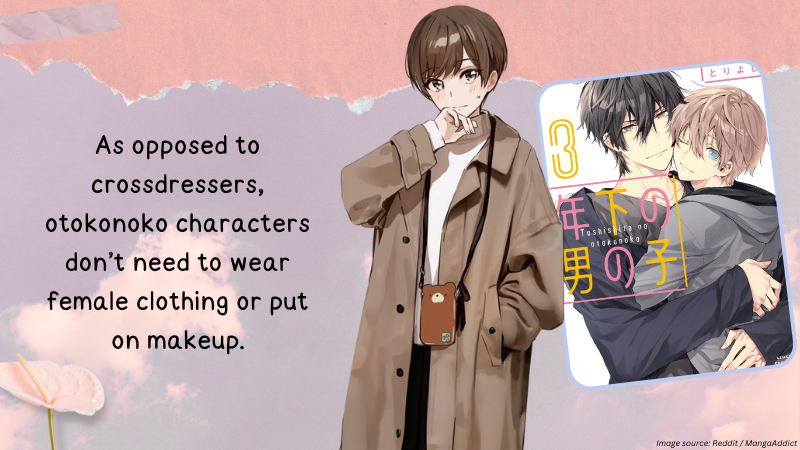
Crossdressers are individuals who delight in wearing clothing of the other gender.
MTF crossdressers adore looking at their reflection when in full feminine outfits.
But this doesn’t always relate to the gender they identify under.
Traditional MTF crossdressers crossdress for work, fashion, gender expression, or sexual exploration.
It can also be a bit of everything.
As opposed to crossdressers, otokonoko characters don’t need to wear female clothing or put on makeup.
They just naturally look girlish or at least possess obvious feminine qualities that make them attractive.
Of course, there are characters who crossdress to further appear female-like. But that isn’t always the case.
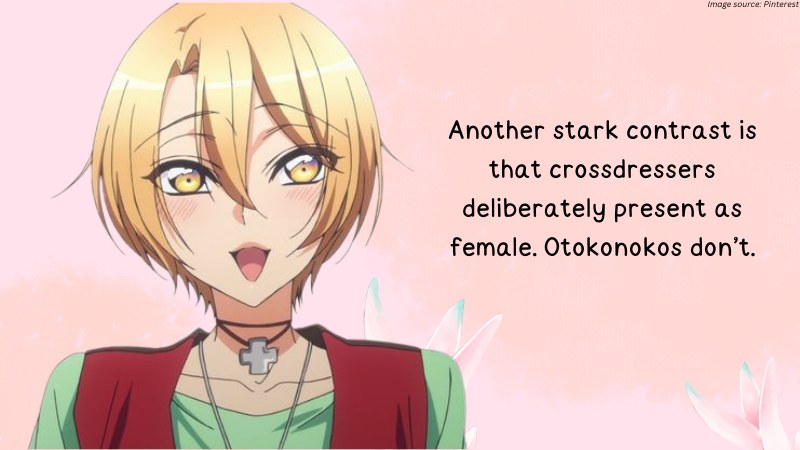
Another stark contrast is that crossdressers deliberately present as female. Otokonokos don’t.
They may seem feminine because of genes, aka they were born that way.
Or they may have the predisposition to cultivate qualities largely associated with femininity.
Otokonoko and Femininity
To help you get what I’m saying, I’ll paint you a picture:
Imagine someone who grew up in the upper echelon of society.
He was raised to be pleasing, both to the eyes and to his manner of speaking.
He’s always housebound and on a restrictive “healthy” diet. What
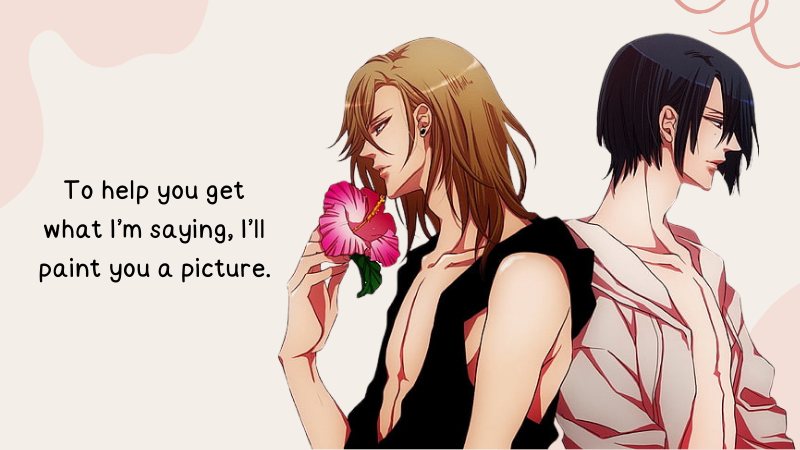
So, it’s predictable that he’ll be slender and have pale skin.
He’s also soft-spoken, gentle, and repressed (submissive).
Oh, and he’s always in very flattering, clean clothing.
Compare that to a tough farm boy who’s covered in dirt all day long, toiling in the fields.
He’s got hardened muscles and rough hands.
This traditional description of masculinity (rough and gruff) points to someone with tanned skin and strong muscles.
He also speaks in loud, boisterous slang.
Between the two, who do you think will the men (as target readers of the otokonoko hentai manga trope) find more fetching?
The Erotic Allure of Otokonoko
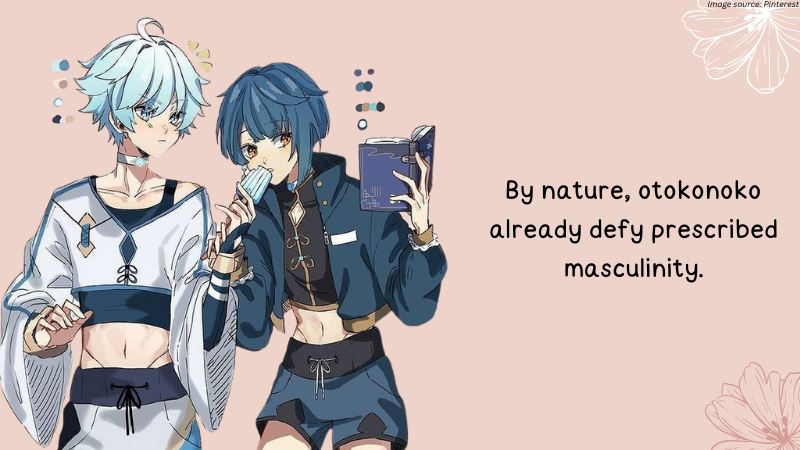
What makes otokonoko characters so magnetic?
As I alluded to before in various sections of this post, otokonoko characters tend to trap men into thinking they’re female.
But let’s prod on that for a bit more. What exactly drives fans’ obsession with otokonoko-centric media?
Compile answers from otokonoko otakus and you’ll realize their replies converge at one point:
the ironic but captivating balance of young men with feminine traits.
By nature, otokonoko already defy prescribed masculinity.
When incorporated into hentai manga, their sexual prowess is explored and championed.
Otokonoko and Gender Identity
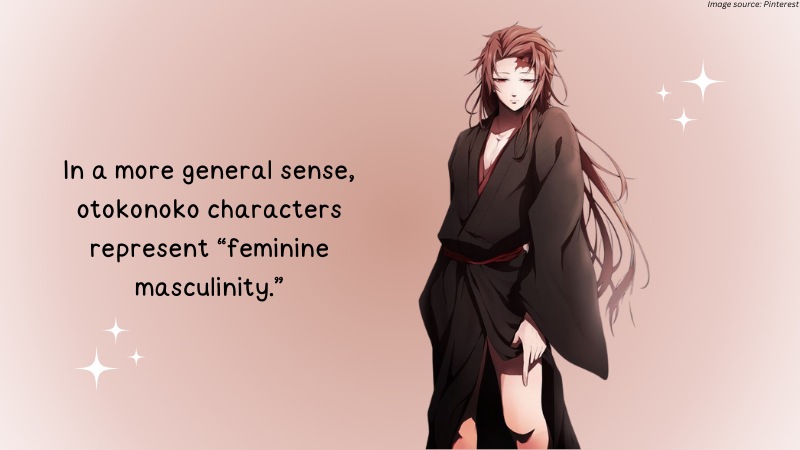
Otokonoko captures a wide berth of identities.
In the past, before Japan went all out on marketing otokonoko stuff,
most otokonoko content was grouped under hentai futanari (now better known as Japanese animations with intersex characters).
During these days, porn and sexuality were tightly lashed together.
Otokonoko characters then, were made more as fetish fuel than anything.
When the genre garnered more attention, it also started more nuanced conversations.
Specifically in gender identities and expression.
Otokonoko characters then, can be an array of genders within the LGBTQ+ community.
They can be straight or cis, binary, nonbi, or trans.
In a more general sense, otokonoko characters represent “feminine masculinity.”
It shows how it’s possible to embody traditional feminine qualities without it making anyone “less of a man.”
Controversies and Criticisms
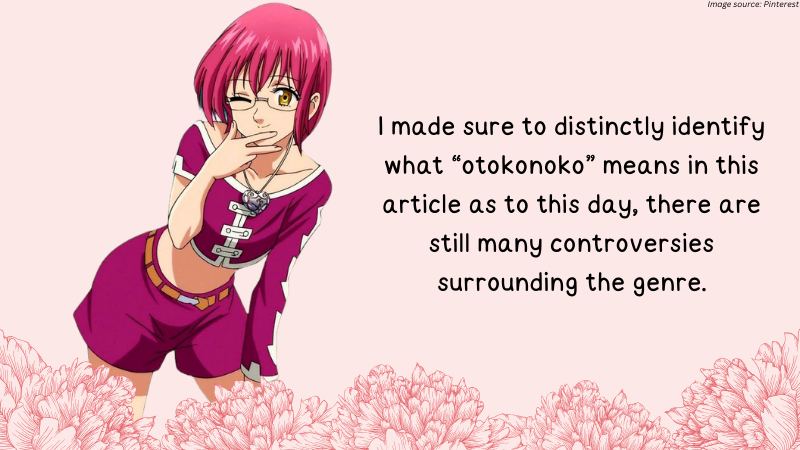
I made sure to distinctly identify what “otokonoko” means in this article as to this day,
there are still many controversies surrounding the genre.
I’ll share some of the most extreme criticisms I’ve encountered through the years.
“Otokonoko” Used as a Slur
Japanese media often regard otokonoko characters as either eye candies or refer to them as the butt of the joke.
I think it’s more used akin to a slur, honestly, for some men to be called an otokonoko in real life.
While traps and femboys are well accepted in Western countries,
Japan is more traditional, and it isn’t easy to call out offensive labels or behaviors.
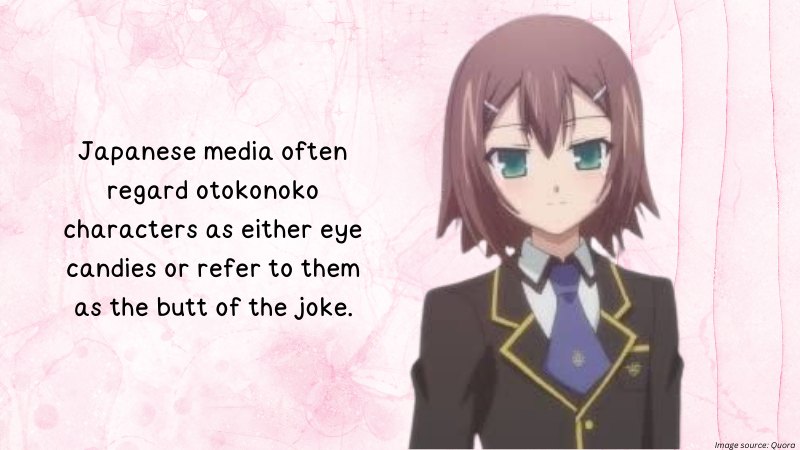
This problem is presented in the digital comic Senpai wo Otokonoko.
Here, a bisexual girl falls in love with an MTF crossdressing classmate.
It earned recognition for its realistic portrayal of how an otokonoko may live in real life.
Mistranslation in Otokonoko Media
Another common controversy, within the LGBTQ+ spaces this time, is the misrepresentation of otokonoko characters.
This often results from a mistranslation, whether intended or not.
Otokonoko Zuma, another digital comic first released in 2016, is a great example of this division.
It’s a slice-of-life romantic comedy series by Crystal na Yousuke about Kou and Yukio.
Yukio, or Yuki, is a crossdressing man who uses male pronouns. Kou calls “Yuki” his wife.
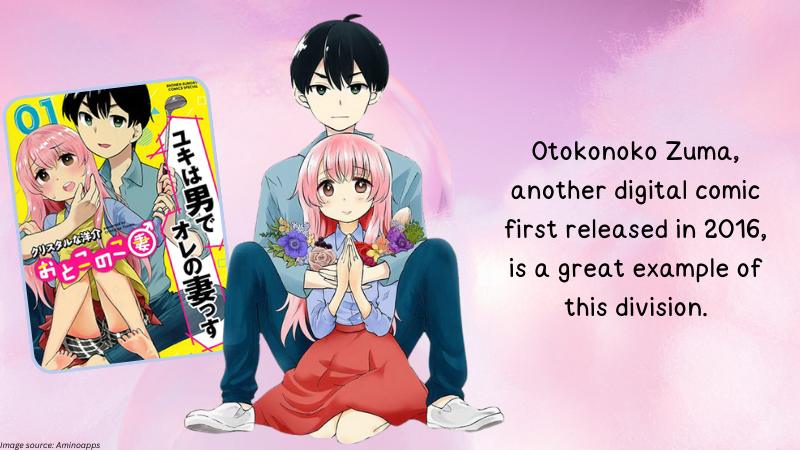
There was an intense debate about the translated pronouns used in this webcomic.
Some debaters called out scanlation and translation groups to deliberately change the gender.
Yuki identifies as “transgender” simply because he likes crossdressing.
This issue may stem from a desperate attempt for minority representation in a conservative country like Japan.
But it’s still important to respect the authors’ intent and choices in how they present the characters they created.
Otokonoko and Inappropriate Fantasies
Japan is known for its exploration of taboo genres.
Some argue that consuming media with otokonoko or sexualized young male characters (like shotacon) is problematic.
This is where the definite line between fantasy and reality comes in.
People engage in numerous fantasies that are not “acceptable” in real life.
And yet, no one makes a big deal out of them.

For instance, let’s say you’re into the Intruder Fantasy.
You can even have the whole “thief” costume and buy realistic masks for the scene to be more immersive.
Here, one partner pretends to break into the house of another partner and assault them.
If this fantasy turns you on, does it automatically mean you intend to do it, even if it breaks legal and moral laws, in real life?
The same logic supports those who enjoy otokonoko media.
Exploring fantasies doesn’t mean you’ll act on them.
Arguing so is disingenuous as it feeds negative stereotypes. It only hurts related communities.
Conclusion
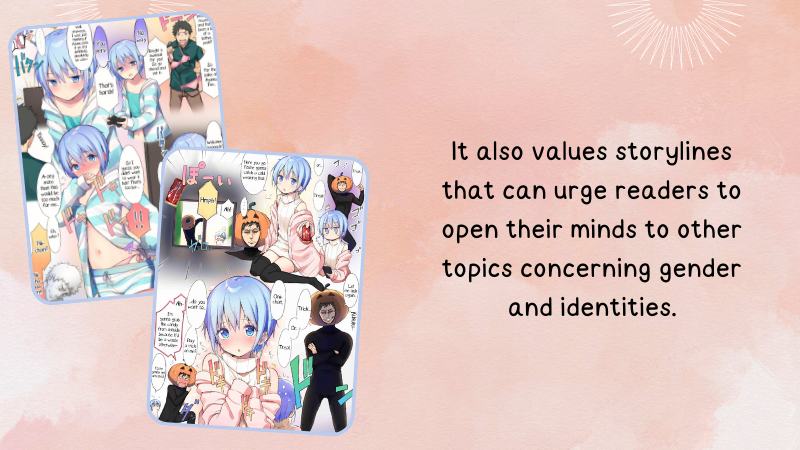
There’s much to say about otokonoko in hentai manga.
They are a colorful bunch, with MTF crossdressers who aren’t discouraged from expressing their authentic selves.
I can delve into more specific topics about this complicated genre,
but I won’t since I’ve already covered all the basics… for now at least.
The most important thing to remember is how media like this can perpetuate the need to understand gender, sexuality, and personal expression.
Plus, seeing characters who swim against the tide is already empowering all on its own.
Otokonoko in hentai manga is centered around erotic scenes, true.
But Japanese manga is never just about explicit content.
It also values storylines that can urge readers to open their minds to other topics concerning gender and identities.
Go on, try reading otokonoko comics and share your perspective!
- How to be a Trans Femboy Influencer in 2024
- 7 Easy Ways to Level Up Your Sexy Femboy Beauty Routine Instantly
- How to Make a Fake Pregnant Belly Look Real: Tips for Every Trimester
- Game On: Sporty Tips for Crossdressers Attending the 2024 Olympics
- How to Pose for Lewd Cosplay Photos for Crossdressers
- How to Explore Crossdresser Bondage Safely and Sensually
- Breaking Gender Norms: Why Gender Expression Is a Playground, Not a Cage
- Why 2025 Is the Best Time to Start Crossdressing and Express Your True Self
- The Truth About Crossdressing: History, Meaning, and Misunderstandings
- Joining TVChix: The Online Space That Changed My CD Experience
- Praise vs. Degradation: What Fuels Your Feminine Journey?
- How to Support and Navigate Life with a Crossdressing Husband
Established in 2009, We are a recognized manufacturer and seller of professional crossdressing products.
It is our aim to become not just the most creative manufacturer but also a very considerate seller, as we provide the best quality products for crossdressers all around the world.







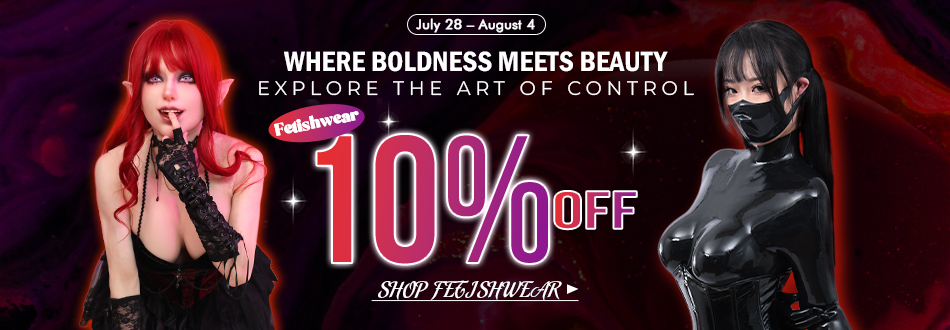


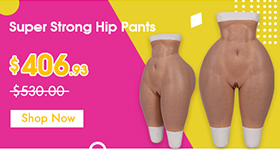

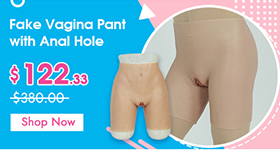




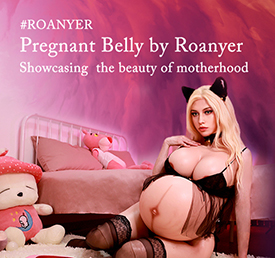


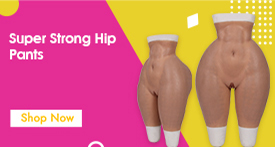
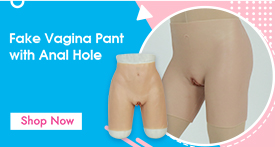

 Breast Forms
Breast Forms  Body Suit
Body Suit  Realistic Mask
Realistic Mask  Femini Girdle
Femini Girdle Hip & Butt Enhancement (8)
Hip & Butt Enhancement (8) Penis Prosthesis
Penis Prosthesis Fake Muscle
Fake Muscle Bikini
Bikini  Wig
Wig  Corsets
Corsets Course
Course service@roanyer.com
service@roanyer.com +8618652200711
+8618652200711 Facebook
Facebook YouTube
YouTube Twitter
Twitter Instagram
Instagram




